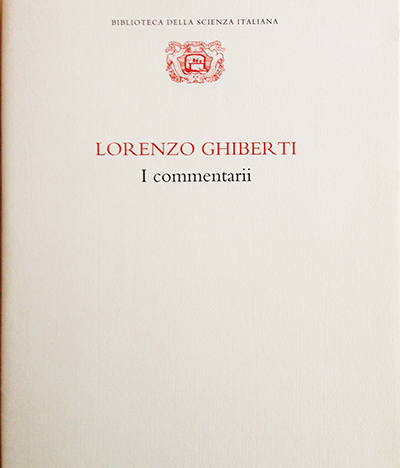Sculpture will always remain the discipline with which Lorenzo Ghiberti is most famous but literature also played a part in his oeuvre.
His various writings, particularly with a lack of attributable quotes being available, offer a priceless insight into the mind behind some of the finest Renaissance sculpture. Advancements in the theory of perspective was one significant element to the legacy of this artist and he wrote in depth about his theories on this topic.
Ghiberti's Gates of Paradise, in several panels, display this combination of perspective and architecture. Whilst not an architect in name, this sculptor understood fully the principles of so much of this discipline that designing a building would surely not have been beyond his skillset.
The Renaissance was full to the brim of multi-talented artists who would challenge their artistic ambitions across a variety of disciplines. The likes of Leonardo da Vinci and Michelangelo would address an extraordinary breadth of work within their careers and somehow keep their quality of delivery consistently high.
Michelangelo's poems are some of the most famous examples of Renaissance artists entering the world of literature but Ghiberti's passages are also significant, beyond just explaining his own art. Theory within art has long had a strong connection, be it in perspective as with Ghiberti or colour as with Paul Klee and Wassily Kandinsky, many centuries later.
Many artists have studied theories as much as they have artwork in order to forge their own paths and find their own styles. David Hockney, a British landscape and portrait painter, for example, has realised several publications of research and opinions on particular artists of the past.




